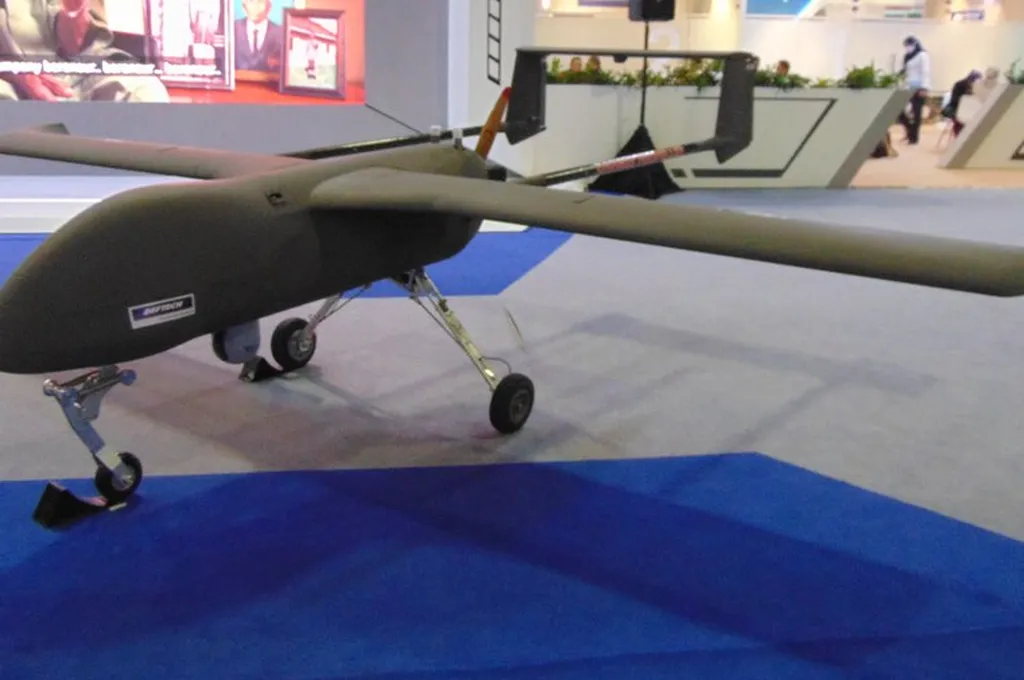Malaysia is taking decisive steps to bolster its defence capabilities through a strategic push in drone and anti-drone technology, marking a significant shift in its approach to national security and industrial self-reliance. The Ministry of Defence (MINDEF) is spearheading the development of an official document outlining the country’s drone and anti-drone defence strategy, a move that underscores its commitment to reducing reliance on foreign systems and fostering a high-technology defence ecosystem.
Deputy Defence Minister Adly Zahari revealed that the document is being crafted by the Science and Technology Research Institute for Defence (STRIDE) in collaboration with the Malaysian Institute of Defence and Security (MiDAS). The research encompasses the development of drones for intelligence, surveillance, and reconnaissance (ISR), with prototypes for three types of aerial drones already in the works. Local industry partners are playing a pivotal role in this initiative, ensuring that the technology is grounded in Malaysian expertise.
“We are emphasising technology development based on local expertise to ensure self-reliance and stimulate the growth of the national defence industry,” Adly stated during a question-and-answer session in the Dewan Rakyat. This approach not only strengthens national security but also positions Malaysia as a competitive player in the global defence market.
The initiative comes as Malaysia procures the ANKA Medium Altitude Long Endurance Unmanned Aerial System (MALE-UAS) from Turkish Aerospace Industries, a move that aligns with broader efforts to modernise military assets. The ANKA drones will enhance Malaysia’s intelligence, surveillance, and reconnaissance capabilities, particularly in the South China Sea, where securing the Exclusive Economic Zone (EEZ) remains a critical priority.
Beyond technological advancements, the government is also looking to leverage the expertise of retired military personnel. Adly highlighted that nearly 30 per cent of veterans will be engaged in the defence sector, ensuring that their skills continue to contribute to national security. “If we allow that expertise to end merely with retirement, it would be a loss to the country,” he said, reinforcing the strategic value of veteran involvement in research and development (R&D).
This dual focus on technological innovation and human capital development reflects a forward-thinking approach to defence modernisation. By nurturing local talent and fostering collaboration between defence institutions and private industry, Malaysia is laying the groundwork for a sustainable and self-sufficient defence sector.
The implications of this strategy extend beyond national security. A thriving domestic defence industry could attract international partnerships, stimulate economic growth, and position Malaysia as a regional leader in defence technology. As geopolitical tensions in the South China Sea continue to evolve, the country’s ability to innovate and adapt will be crucial in safeguarding its sovereignty and interests.
In the broader context, Malaysia’s push for drone and anti-drone technology development aligns with global trends in defence modernisation. Nations worldwide are increasingly investing in unmanned systems to enhance operational efficiency and reduce risks to personnel. By taking a proactive stance, Malaysia is not only securing its own future but also shaping the trajectory of defence innovation in Southeast Asia.

